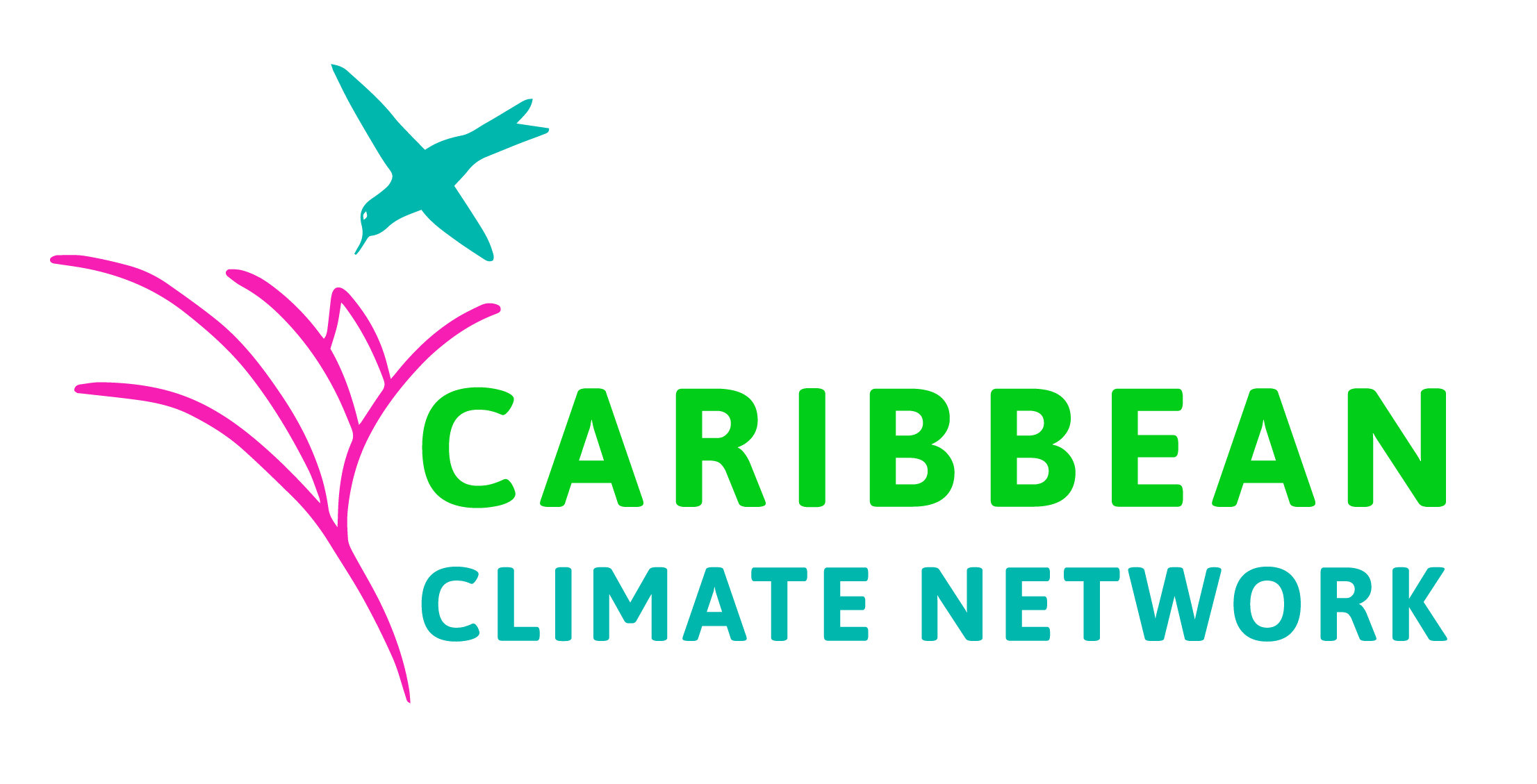The climate crisis is being exacerbated by the ripple effects of human activities. We consume resources and produce waste at a rate that natural cycles cannot manage, therefore we are tipping the balance towards the point of no return. The individual is not the problem though. We rely on the corporations for goods and services that affect the environment at large. The positive change we need must be a multi-tiered approach, from the behaviours of the people all the way up to the large producers of fossil fuels. For this we must ensure that decision makers are made aware of the impacts of these systems, and that they are equipped with the solutions we need.
Politicians and the governing bodies of the world are motivated by many different things, but one common one is the people’s positive regard for them and their status. In order to retain their position, they strategically place their influence wherever they think they will gain the most support. If any projects or actions result in them losing the support of citizens they usually feel pressured to change or ‘make things right’. This is the power we have as ordinary people. This is the power we use within the climate movement to push for change that benefits everyone.
How do we use this power to build pressure with decision makers? Who do we go to with issues to find assistance? The Mayor, Legislator, Governor or President, Agency or Ministry?
Our first steps are to think about the following major questions:
- What do I want to achieve?
- Do I want to bring awareness to my cause or do I want a decision to be made?
- Am I looking for support on a specific decision/action towards the cause?
Next we produce materials to communicate your aim. This can include:
- Letters
- Interviews
- Lawsuits
- Community Meetings
- Protests
- Calls
- Research reports
- Webinars
- Social Media content
When your actions have come to a point where they have gained support and attention from others in your community and you have the opportunity to speak directly with your decision maker, it is important to note what that decision maker can do for your cause and how you can support each other to make the solution happen. Be prepared before meeting with them. Have a list of questions, and know what outcome you want from the meeting. Stick to your goals and be persistent where needed to let your decision maker know that this is a cause many people in the community support. Do your due diligence and ensure you have testimonials, signatures, letters, or any endorsements to prove this.
Building pressure against decision makers can feel tough, but it is a necessary step if we are to achieve the change we need at the scale required to protect the region.
View this training to learn more about how you can work with decision makers.
